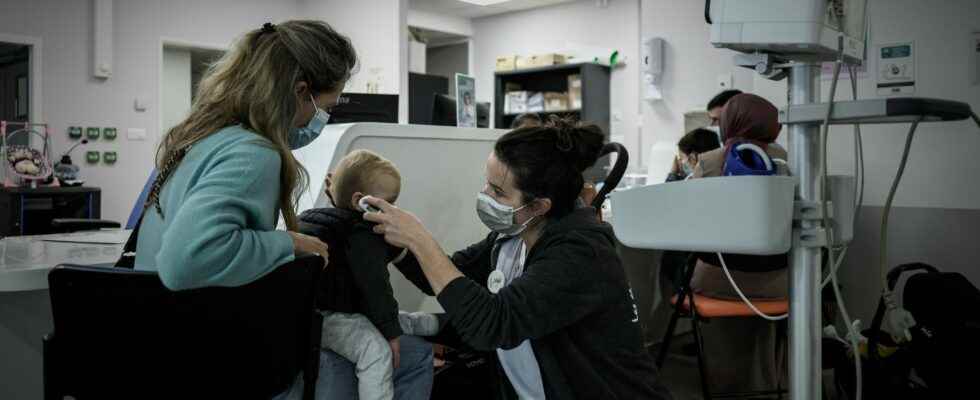A resurgence of infections linked to bacteria of the category “streptococci A” has caused the death of several children in France, health authorities warned on December 6. On the other side of the Channel, in the United Kingdom, the situation has already been getting worse for several weeks. Scientists urge caution over the presence of the bacterium which is experiencing an unusual rise in children, but consider it unlikely that this outbreak is due to the emergence of a new strain.
What is strep A?
Streptococci A are a class of bacteria that cause various infections. They are constantly present in the commensal flora, that is to say in all the bacteria, viruses and fungi that live under the superficial layer of the skin and in the mucous membranes, in particular in the throat. They are sometimes the cause of mild infections such as angina or impetigo, but also more serious such as scarlet fever which causes high fevers, angina and rashes. During a severe strep A infection, abdominal pain, sore throat, nausea, and vomiting may also be experienced.
More rarely, streptococcus A “is responsible for serious invasive infections (necrotizing skin infections, puerperal infections, pneumopathies and pleuropneumopathies and meningitis) which may be associated with streptococcal toxic shock syndrome (SCTS)”, indicates Public Health France. This bacterium is transmitted by direct contact through infected wounds on the skin, fluids from the nose or throat of infected people, for example when an infected person coughs or sneezes.
What is the danger?
Invasive infections are rare, but can be fatal, with a mortality of about 10%, according to the Pasteur Institute. Recently, caregivers have reported an “upsurge in severe forms and deaths […] consecutive to a streptococcal A infection in several children, for a few weeks”, warned the General Directorate of Health. complications of these infections, according to the DGS.But the situation is probably not limited to these only proven cases.
In the UK, 15 child deaths have been attributed to strep A infection since the start of the epidemic season, and 659 cases have been reported. The British and French authorities, however, consider it unlikely that this upsurge is due to the emergence of a new, more dangerous bacterial strain. In France, the cases occurring in different regions (Occitanie, Auvergne Rhône-Alpes, New-Aquitaine) have “no link between them” and appear to be caused by “different strains”, specified the DGS. Although the situation is less serious, the French authorities have sent an “urgent” warning message to French hospitals, already overwhelmed by a triple epidemic of Covid-flu-bronchiolitis.
Is there a treatment?
Unlike childhood diseases of viral origin such as bronchiolitis, streptococcal A infections can be treated with antibiotics, such as amoxicillin or penicillin. Nevertheless, this outbreak of bacterial infections comes against a backdrop of a shortage of the main antibiotic used in children, amoxicillin. Several organizations of doctors, including infectious disease specialists and paediatricians, have warned that the drug shortage could cause a serious public health crisis in children.
In this context, the General Directorate of Health has planned to “specify the recommendations for the management of cases and contact persons, in particular in the current context of tensions over amoxicillin”. To limit the risk of transmission, it also recommends adopting the same barrier gestures as during Covid and the flu: hand washing and wearing a mask for infected people.
